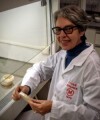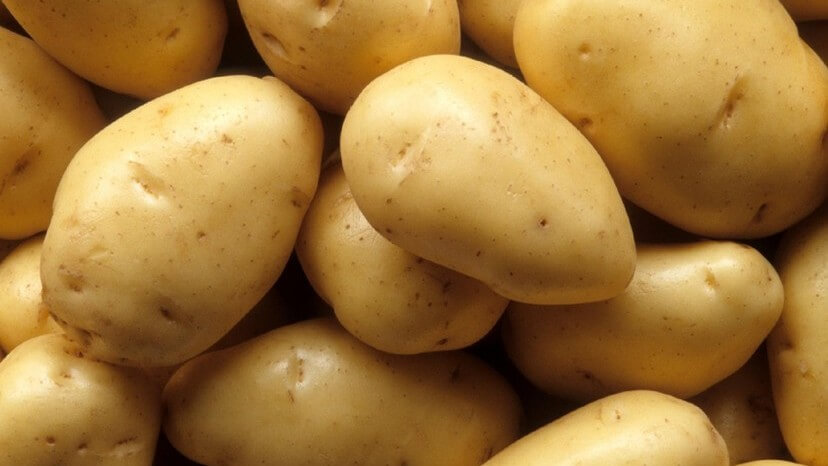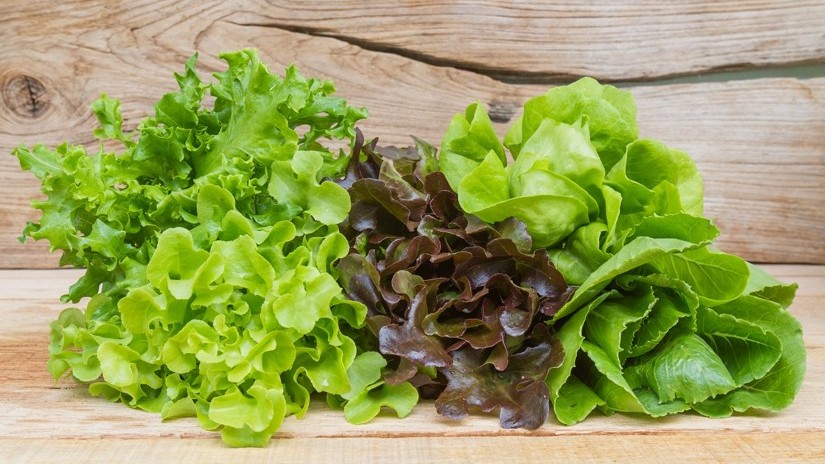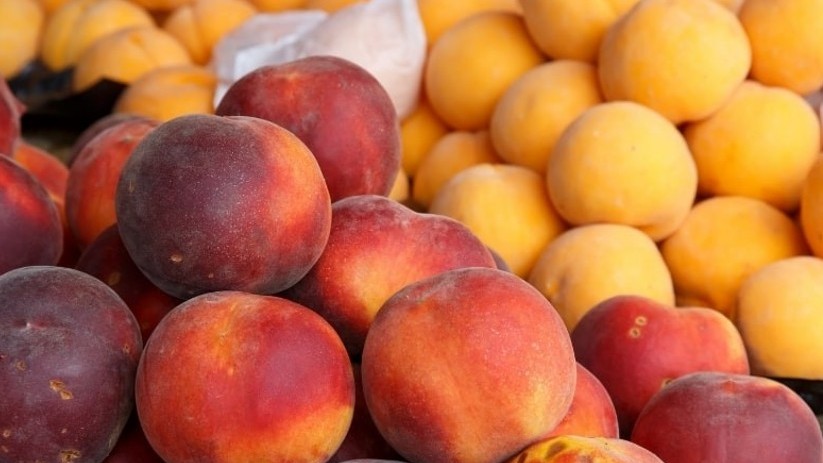Cooling and CA
Why does low oxygen content prevent superficial scald disorder in 'Granny Smith' apples?
The transcriptome and metabolic study reveal the mode of action of the post-harvest storage strategy with low oxygen content to prevent the occurrence of superficial scald in Granny Smith apples
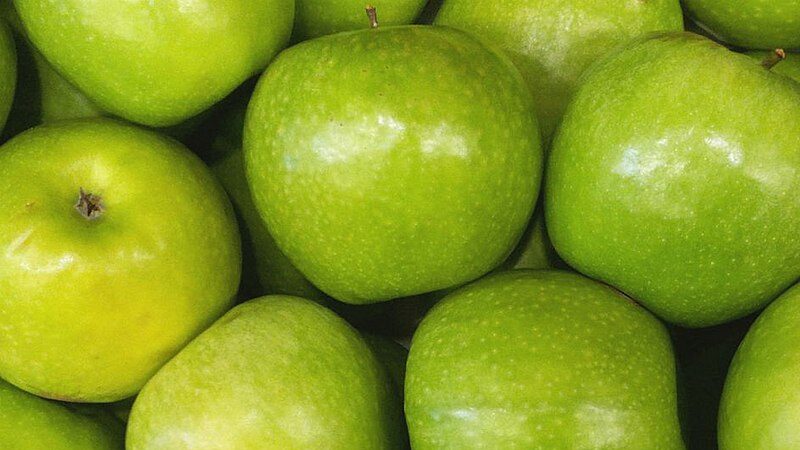
Apples are among the most abundant fruit crops globally, especially in temperate regions. Their economic success is guaranteed due to their long storage capacity, ensuring the availability of fresh fruit in the market nearly all year round.
The quality of apples is primarily governed by each cultivar's genetic control and the variability of regulating metabolic processes. This includes the degradation of the polysaccharide structure of the cell wall, leading to fruits with floury or crunchy textures.
Maintaining quality is currently achieved through various post-harvest strategies, commonly characterized by reduced storage temperatures. Temperature and atmosphere control promote an extended shelf life and delay fruit ripening.
However, storage at low temperatures can also induce significant physical and biochemical modifications. Among the types of disorders, superficial scald is one of the most severe, manifested by the development of a dark-colored zone on the fruit peel, compromising its marketability.
Physiology of scald
The physiology behind the appearance of superficial scald revolves around the role of the acyclic sesquiterpene α-farnesene, synthesized in the cytosolic mevalonate pathway from the enzyme 3-hydroxy-3-methylglutaryl-CoA reductase.
Scientists have proposed a positive correlation between α-farnesene accumulation and ethylene hormone production. The expression of AFS1 in apples, the gene encoding the key enzyme in α-farnesene biosynthesis (α-farnesene synthase 1), increases during climacteric ripening after harvesting and is inhibited by the exogenous application of an ethylene inhibitor like aminoethoxyvinylglycine, or a competitor like 1-methylcyclopropene.
α-farnesene can undergo oxidation, generating conjugated trienols, which can convert into the volatile ketone 6-methyl-5-hepten-2-one through non-enzymatic oxidation.
Other alternative mechanisms have been investigated, shedding light on a scenario of more complex transcriptional and metabolic reprogramming, especially focused on the role of phenolic compounds. These compounds can oxidize due to the action of the polyphenol oxidase enzyme, contributing to the development of symptoms typical of superficial scald.
Studies have shown that scalded tissue in Granny Smith apple peel exhibits a higher concentration of phenolic compounds. In this regard, it was also presumed that the antioxidant role of this class of metabolites exerts a protective mechanism against the accumulation of reactive oxygen species (ROS) by scavenging the free radicals produced during the oxidative process.
Among the various phenolics, chlorogenic acid* is one of the most accumulated in the apple. This acid can further react in the presence of the apple's polyphenol oxidase enzyme, encoded by the highly expressed PPO gene during the cold storage period, resulting in dark-colored compounds. Moreover, the expression pattern of the PPO gene in 'Granny Smith' apple peel is ethylene-dependent, as the application of 1-methylcyclopropene negatively regulates the accumulation of its transcript.
Controlled Atmosphere Storage
Despite the majority of scientific work focused on preventing superficial scald by applying exogenous substances that compete with ethylene perception such as 1-methylcyclopropene, or play an antioxidant role, controlled atmosphere storage reducing oxygen concentration is also an effective strategy for controlling this disorder.
Modern post-harvest technologies allowing a decrease in pO2 below 1 kPa**, almost to the point of anaerobic compensation, prevent the development of superficial scald as effectively as the application of the aforementioned molecules.
Effect on Transcriptome and Metabolites
A multifaceted study was conducted to investigate variations in the transcriptome along with three categories of metabolites (phenolics, lipids, and volatile organic compounds) in 'Granny Smith' apples stored in a controlled hypoxic atmosphere.
The global transcriptome study identified a core set of differentially expressed genes in three main functional groups. This reveals that storage duration has a significant effect on coordinating gene expression.
The effect of storage duration was further highlighted through transcriptomic analysis.
Samples characterized by the development of superficial scald are distinguished by a higher concentration of chlorogenic acid and increased expression of phenylalanine ammonia lyase (the first key enzyme in the phenylpropanoid metabolism, responsible for the deamination of L-phenylalanine producing cinnamic acid) and time-dependent polyphenol oxidase.
In contrast, the prevention of this disorder is related to distinctive reprogramming events involving the accumulation of specific antioxidant metabolite types, very-long-chain fatty acids, and the expression of genes that coordinate a process of hypoxia acclimatization, such as RAP2-like (RAP2, a protein acting in modulating plant responses to cold and drought) and the enzyme cysteine oxidase.
*Chlorogenic acid is the ester of polyphenols related to quinic acid.
**The International System of Units in Europe has adopted the term kilopascal (kPa). 1 torr = 1mmHg = 0.133 kPa; 1 kPa = 7.5006 mmHg or torr.
Source
Populin, F.; Vittani, L.; Zanella, A.; Stuerz, S.; Folie, I.; Khomenko, I.; Biasioli, F.; Scholz, M.; Masuero, D.; Vrhovsek, U.; Busatto, N.; Costa, F. (2023). Transcriptome and metabolic survey disclose the mode of action of static and dynamic low oxygen postharvest storage strategies to prevent the onset of superficial scald disorder in fruit of ‘Granny Smith’ apple cultivar. Postharvest Biology and Technology, 205: 112492.
https://es.wikipedia.org/wiki/%C3%81cido_clorog%C3%A9nico Access 20/11/2023.
Pictures
https://es.wikipedia.org/wiki/Granny_Smith_3196 Access 20/11/2023.


